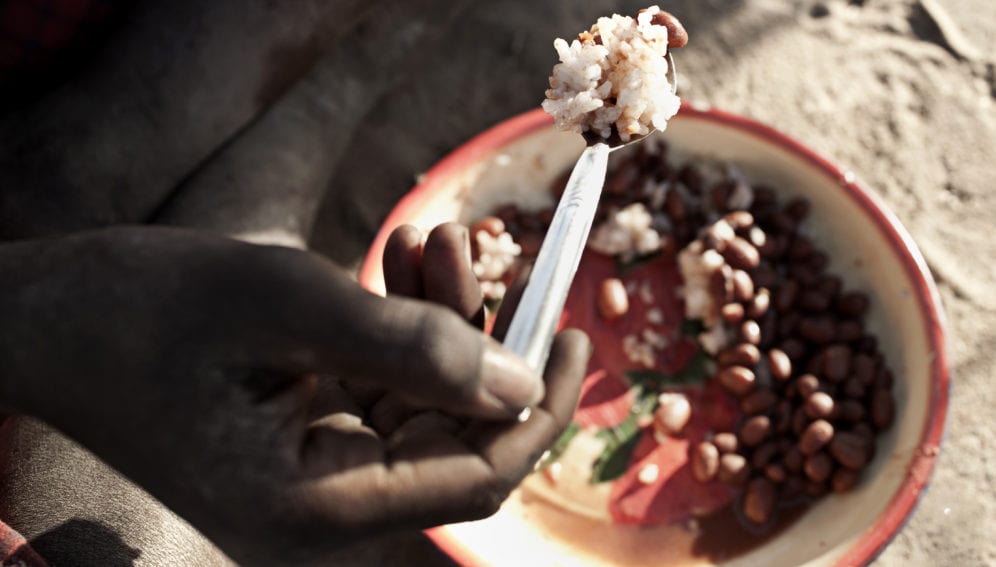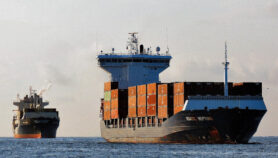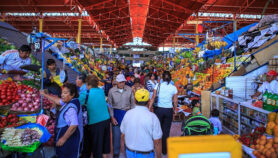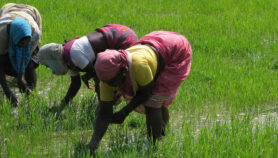By: Archita Bhatta
Send to a friend
The details you provide on this page will not be used to send unsolicited email, and will not be sold to a 3rd party. See privacy policy.
[NEW DELHI] Will decreased rainfall and droughts caused by El Niño affect rice production in South Asia and threaten food security in importing countries in West Africa? An Oxfam media briefing released early October warns of such a scenario developing.
The India Meteorological Department (IMD) predicted in June that India, under the influence of El Niño, would experience below 90 percent rainfall. The Madden Julian Oscillation — an atmospheric circulation pattern that brings anomalous rainfall —provided some relief, but August saw a 23 per cent deficit in rainfall.
The Oxfam report said the development of El Niño in the second half of the monsoon season could be more powerful than the one in 1997—1998 and that El Niño conditions are likely to continue into 2016.
According to the Oxfam briefing, poor people in the towns and cities of West African countries have a preference for rice because it is easy to prepare and store. However, the production of rice in these countries is low and cannot meet rising consumption levels.
The Food and Agricultural Organisation (FAO) had estimated in 2006 that rice imports in West and Central African countries had increased to six million tonnes, the bulk of which came from the South Asian countries of India, Pakistan and also China.
According to the Oxfam report, while Africa imports about one-third of rice available on the world market, most of the grain is traded near its area of production in Asia. Thus, Oxfam argues, the world market is quite ‘thin’ and vulnerable to disruption.
In 2014, West African countries imported 7.73 million tonnes of rice. All West African countries taken together import over one-third of their rice from India, though the proportions between the countries vary. Niger imports 13 per cent from India; Gambia and Ivory Coast 20 per cent; and Nigeria 23 per cent. Senegal imports 72 per cent of its rice from India, and Liberia, a colossal 97 per cent. Other quantities come from Pakistan and China.
Indian authorities, however, tell SciDev.Net that there is no cause for concern. “Though El Niño had a significant effect with severe impacts in August and September, which saw 77 per cent rainfall, the government had reacted well to the timely predictions by the IMD,” says Shivananda Pai, scientist at the IMD office in Pune.
“Adequate measures included restricted sowing of water-intensive varieties. Besides, the main areas of deficient rainfall were in Karnataka and Maharashtra which are not rice producing states,” Pai tells SciDev.Net.
Pramod Aggarwal, director of the South Asia Regional Programme for the CGIAR Research Programme on Climate Change, Agriculture and Food Security, while acknowledging that the El Niño affects rice production, tells SciDev.Net says that the Indian government has sufficient buffer stocks to ensure that exports are not affected.
The FAO’s rice market monitor (RMM) for October has scaled back its forecast for global paddy production in 2015 considering “unfavourable climatic conditions, largely associated with the prevalence of the El Niño weather anomaly”. FAO now forecasts world paddy production in 2015 to be around 742.6 million tonnes or 6.5 million tonnes less than estimated in July.
This article has been produced by SciDev.Net's South Asia desk.














